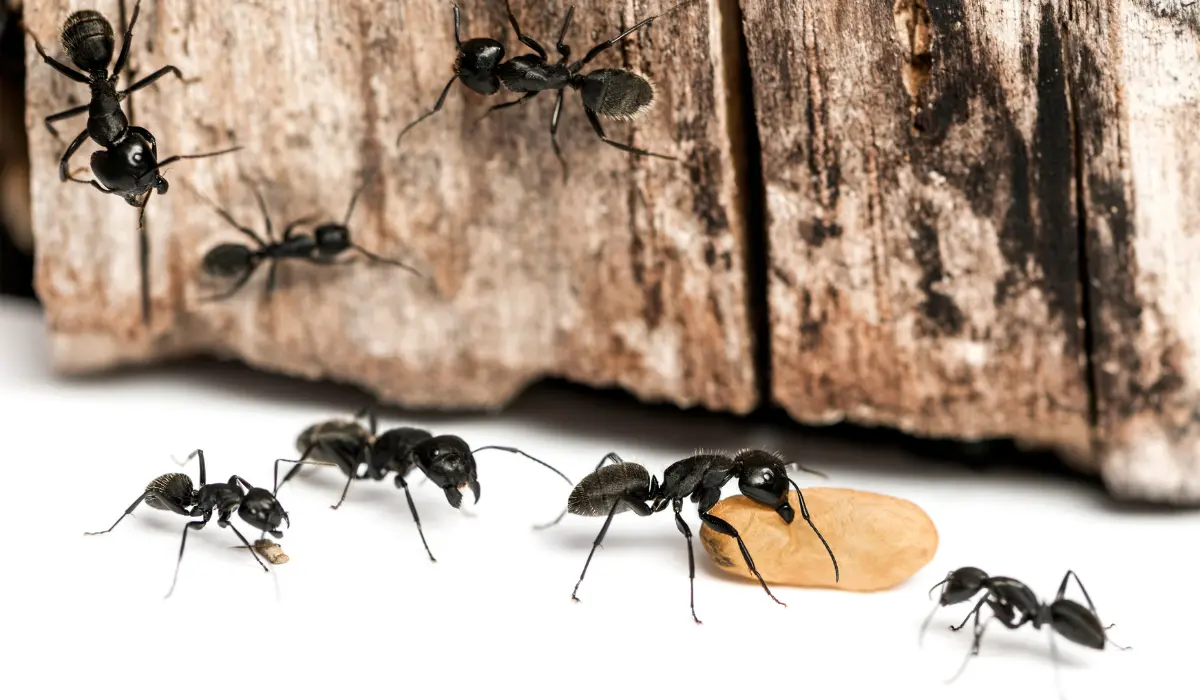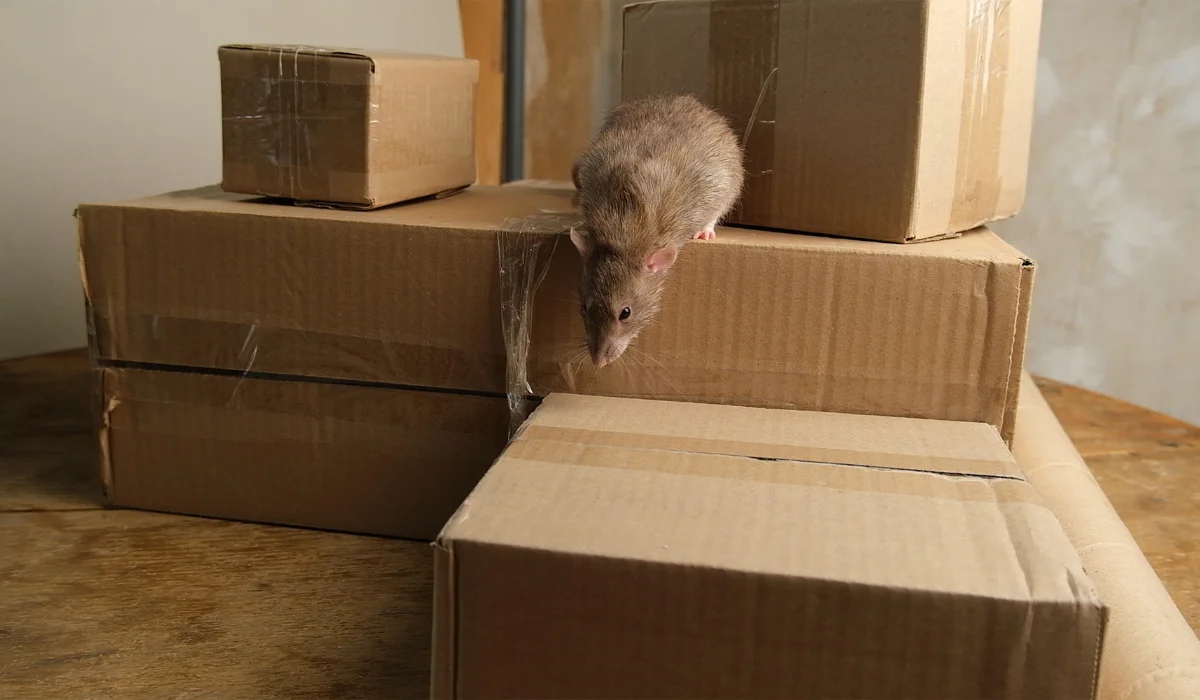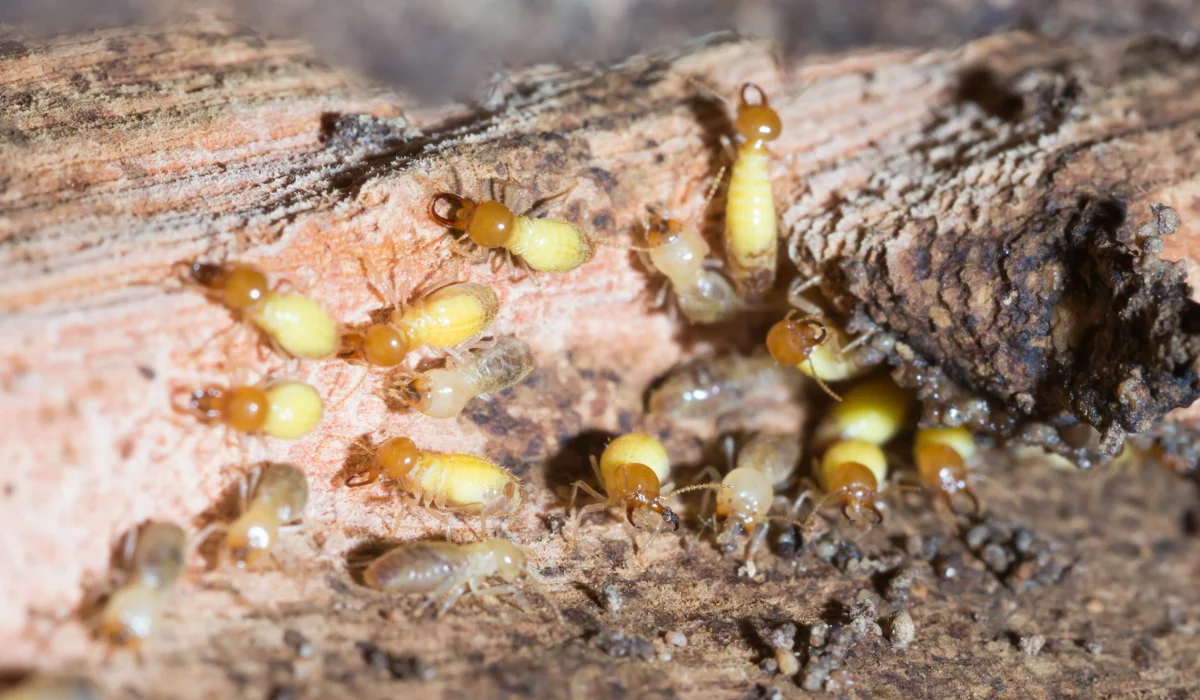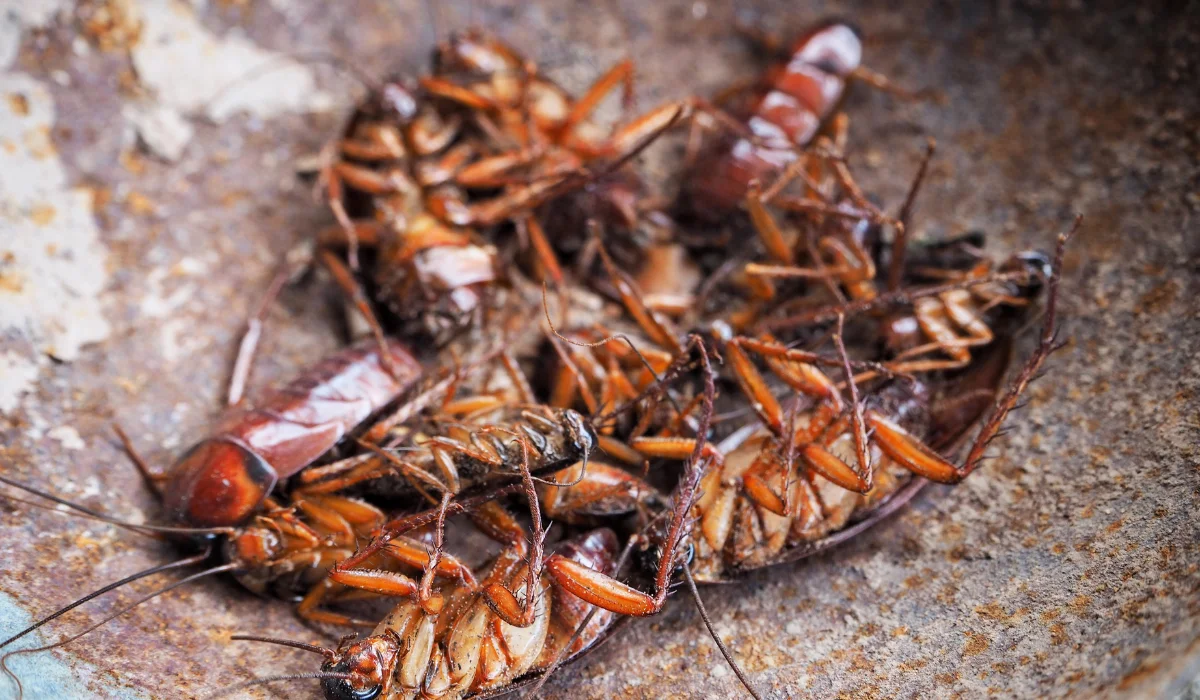Dealing with carpenter ants in Louisiana can be a nuisance, especially since they love the warm, humid environment.
To get rid of carpenter ants, locate and eliminate their nest using appropriate methods, such as baits or insecticides. This will ensure that you tackle the problem at its source and prevent further damage to your property.
Want to find out the significant steps and products that effectively control carpenter ants? Keep reading to discover the best practices for ridding your home of these pests once and for all.
Key Takeaways
- Implementing effective carpenter ant control in Louisiana requires attention to the region’s humid environment, which supports their population growth.
- Combining DIY exclusion methods, natural repellents, and direct extermination techniques may manage carpenter ant infestations.
- To prevent future infestations, maintaining your home can discourage carpenter ant colonization.
- Professional pest control services, such as thorough inspections and customized treatment plans, eradicate carpenter ants in Louisiana homes.
3 EFFECTIVE STRATEGIES FOR LOUISIANA CARPENTER ANT CONTROL

Controlling carpenter ants in Louisiana can be challenging due to the region’s humid environment. Consider these strategies to handle carpenter ant infestations effectively.
1. Prevent Entry
To help keep carpenter ants out of your house, employ these DIY pest control methods:
- Seal Entry Points: Use caulk to seal gaps, cracks, and crevices. Install weather stripping around doors and windows.
- Remove Potential Nesting Sites: Eliminate piles of wood near the house. Keep firewood stored away from structures.
- Address Moisture Issues: Fix leaky pipes and faucets. Ensure proper drainage around the home to prevent moist wood.
2. Natural Repellent Methods
Natural remedies offer eco-friendly solutions to keep carpenter ants at bay. Consider these common household items and plants that deter ants without harming the environment:
| Natural Remedies | Recommended Use |
|---|---|
| Essential Oils | Use peppermint, tea tree, or citrus oil sprays. Apply oils around entry points and known ant trails. |
| Borax and Sugar Bait | Mix borax with sugar and place it near any ant activity. Ensure placement is out of reach of pets. |
| Vinegar Solutions | Spray a mixture of vinegar and water along the ant paths. Clean surfaces to remove ant pheromone trails. |
3. Direct Ant Extermination Methods
Direct control methods target existing carpenter ant colonies. To directly control carpenter ants, focus on eliminating nests and reducing the population with:
- Carpenter Ant Bait: Use specially formulated bait that ants carry back to their nest. Place bait stations near areas of high carpenter ant activity.
- Insecticide Sprays: Apply pesticide or insecticide sprays in wall voids and nesting sites. Target moist wood where ants are likely to nest.
- Professional Extermination: Consider hiring a pest control expert for severe infestations. Professional treatments can address hidden colonies effectively.
HOW TO PREVENT FUTURE CARPENTER ANT INFESTATIONS
Look for Signs of Carpenter Ants
As homeowners, you should look for telltale signs of these wood-destroying insects, such as:
- Piles of sawdust: Often found beneath wooden items or entry points, these are the result of ants excavating wood.
- Frass: This material resembles sawdust or wood shavings and is the discarded debris from the ants’ tunneling activities.
- Hearing rustling noises: Soft rustling sounds within walls or wooden structures often indicate that carpenter ants are active inside.
- Visible worker ant paths: Typically follow trails along edges and corners of walls, especially between the carpenter ant nest and a food source.
- Large-winged ants: Spotting large-winged ants or swarmers with elbowed antennae indicates ongoing expansion and establishment of satellite colonies.
- Hollow wood: Tapping on wood that sounds hollow can reveal damage caused by these ants burrowing into the wood.
Conduct Regular Maintenance
As homeowners, you should employ regular maintenance to ensure your property is pest-free.
Critical points and tasks against this type of ant include:
| Tasks | Description |
|---|---|
| Check for moisture issues | Damp areas are attractive to carpenter ants. Inspect for and address any moisture problems. |
| Inspect water sources | Eliminate standing water and fix leaks to remove water sources that attract ants. |
| Secure human and pet food sources | Store food in sealed containers and clean up spills to avoid attracting ants. |
| Control aphid population | Control the population of aphids that produce honeydews, a food source for ants. |
| Trim landscaping | Keep branches and stumps away from the house to reduce access points for ants. |
| Store firewood properly | Keep firewood away from the home and off the ground to prevent it from becoming a nesting site for ants. |
Improve Home Ventilation and Drainage
Proper ventilation and drainage eliminate damp environments where carpenter ants thrive. Consider these strategies for managing indoor and outdoor moisture.
- Use dehumidifiers: Reduce moisture in crawl spaces and basements.
- Repair leaks: Fix any plumbing issues promptly.
- Ensure proper drainage: Use gutters and downspouts to direct water away from the foundation.
- Ventilate attics and crawl spaces: Proper ventilation keeps these areas dry.
- Avoid standing water: Check for and remove any standing water around the home.
Use of Barrier Treatments
Residual barrier treatments create long-lasting protection against carpenter ants. It involves applying insecticides around the home’s perimeter and at potential entry points. Vital steps include:
| Chronological Steps | Details |
|---|---|
| Choose the right insecticide | Opt for products labeled for carpenter ants to ensure effectiveness. |
| Apply treatments regularly | Follow the manufacturer’s instructions for timing and application frequency. |
| Focus on potential entry points | Treat areas such as door frames, windows, and crawl spaces where carpenter ants may enter. |
| Monitor effectiveness | Reapply treatments as needed based on observed activity levels of carpenter ants. |
| Consider professional help | Engage an exterminator if DIY methods prove insufficient or if the infestation persists. |
TIME TO CALL THE CARPENTER ANT EXPERTS?
If you spot carpenter ants that have already caused structural damage in your home, it’s time to call the pest control experts. These pests can only weaken wood structures further, making it crucial to act fast and prevent further issues.
Whether you’re in Baton Rouge, Plaquemines, or New Orleans, seeking expert help should be easy. For immediate intervention for a severe infestation, let Lajaunie’s ant control specialists tailor a solution that’s right for your home.
For more information about the areas we service, visit our location page.
 By: LaJaunie's Pest Control
By: LaJaunie's Pest Control 



